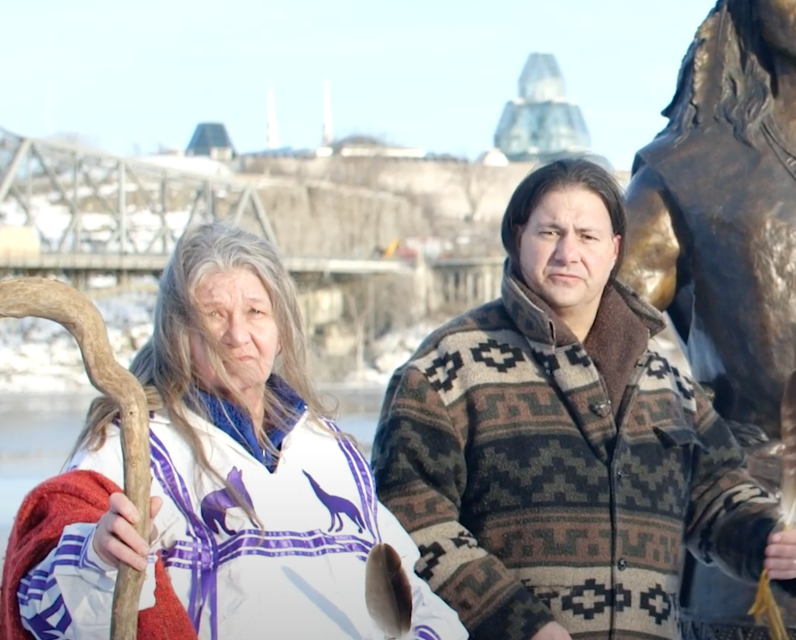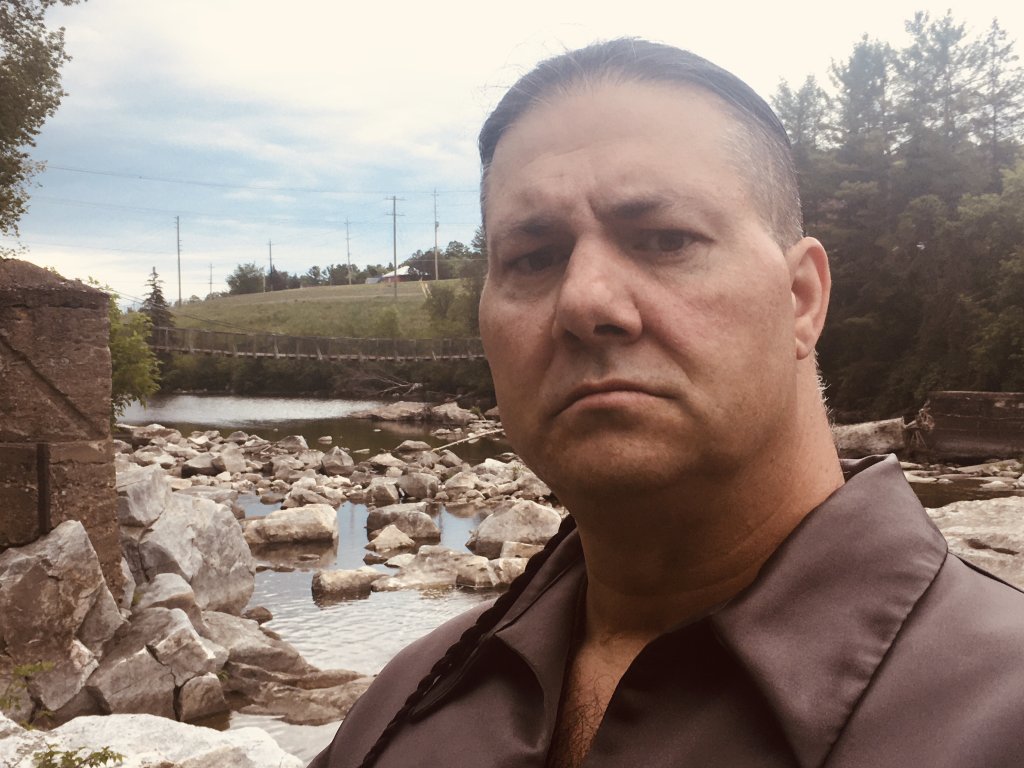Unpublished Opinions
Renfrew, Ontario
About the author
My name is Jason (Rotisken'rakehte) Arbour, Appointed Chief and Legal Representative of Kana:tso Kaniengehaga First Nation. In 1903 my family/band was disbanded from our Indian resserve and place of origin at Gatineau, Quebec. To date, I have been chosen to raise awareness and respectfully represent our community's legal interest of re-establish our historical rights to our traditional territory at the Chaudiere Falls.
I am indigenous to the Ottawa-Hull region of Canada. I was born and raised in Ottawa and I am happily maried with five boys and one grandaughter.
Kanatso:ronon request return of their ancestral remains from Kitigan-Zibi
June 3, 2021

She:kon: This letter is addressed to those who once possessed our ancestral remains (Museum of Civilization) and those who have obtained them (Kitigan-Zibi).
My name is Jason (Rotisken:rakehte) Arbour, I descend from an Indian Village that was situated in the Township of Hull, Province of Quebec. My extended family was disbanded in 1903, however, my immediate family continued to reside in our Indian Village, thereafter our community's subjective eviction and disbanding.
I have been appointed Chief and Legal Representative for the remaining family members of Kana:tso, aka Chaudière Falls. My responsibility as Chief is to convey the concerns of the people who have appointed my services, all while advancing our sovereignty.
Rotisken:rakehte means "One Who Carries the Earth, Ancestors and Peace". Accepting my role as Rotisken:rakehte means, I have agreed to certain responsibilities and obligations. The fundamental obligation of Rotisken:rakehte is to uphold Kaianere'kó:wa, "The Great Law of Peace". The responsibilities of Rotisken:rakehte is to defend the wellbeing of the community, to speak publicly, to teach our children about their ancestry and to recover the loss of stolen lands, human rights and unfortunately in this case human remains.
Although we the remaining Kanatso:ronon are not registered as Indians under the Indian Act, the state of being unregistered has not abolished our existing Indigenous rights, nor has being unregistered dissolved the spiritual significance and spiritual connection we Kanatso:ronon have for our ancestral lands and most importantly our ancestors skeletal remains.
In 1843, the settler state unearthed our Indian Village's burial ground in Hull. Our ossuary was located just a short distance from our Indian Village on the north shore of the Great River at Kana:tso. There was very little we Kanatso:ronon could do to stop the historical desecration. Our spiritual interest and Indigenous rights were not considered by the encroachers. Since the 1843 desecration, we Kanatso:ronon began to utilize the Hull Cemetery: To date, this is where you will locate some deceased descendants of the desecrated Indian burial ground of Hull. The Human remains from Hull were eventually stored at the Museum of Civilization/History.
Circa 2002, Kitigan-Zibi's grand Chief Gilbert Whiteduck convinced some personnel from the Museum of Civilization that Kitigan-Zibi was the closest Indigenous community to the human remains and relics collected from Hull. Gilbert Whiteduck and the band council of Kitigan-Zibi were factually ignorant about our remains from Hull. The personal property and ancestors from the Indian Village of Hull rightfully belong to their descendants, the Kanatso:ronon.
The Museum of Civilization, now called the Museum of History, has errored by accepting and considering Gilbert Whiteduck's request that the remains from Hull should go to Kitigan-Zibi for repatriation. The miscarriage of human remains was conducted without validating substantiating facts to support Kitigan-Zibi's claim to the bones from our Indian Village at Kana:tso.
After consultation with legal experts and my family, I was asked to request:
The community of Kitigan-Zibi respectfully return our ancestral human remains to Gatineau, as our ancestors belong in the soil adjacent Kana:tso.
Although the Canadian Act respecting burial grounds was not available to protect our interest at that time, the act of desecration was nevertheless immoral. Today, The Royal Commission on Aboriginal People (as well as certain legislative Acts respecting Indigenous burial sites) states "That sacred objects and human remains should be repatriated (returned) to the nation to which they belong".
We the remaining Kanatso:ronon are aware that both Onkwe:honwe and Anishinabek have historically travelled and inhabited certain parts of the Grand River. We are also aware that some of your community members "may" or "may not" have an ancestral connection to our Indian Village of Hull. However, this does not relinquish the need to return our ancestors remains to the soil in which they were originally entered.
We Kanatso:ronon sincerely hope people can comprehend the grief and spiritual significance our family has for the loss of our human remains. We Kanatso:ronon also sincerely hope that we Indigenous people and all those enabled by the state of Canada can work together to return the bones to the property to which they belong.
I respectfully ask that the Museum of History's Director General or the personnel responsible for the appropriation of our human remains, as well as the band council at Kitigan-Zibi, contact Chief Jason (Rotisken:rakehte) Arbour at this e-mail address, so we can work together on the inclusive repatriation of our ancestors remains.
Niawen:kowa for your attention,
Jason (Rotisken'rakehte) Arbour, Chief and Legal Representative
Kanienkehaka of Kana:tso
Kanienkehaka of Kana:tso
References
April 27, 2022



Comments
Be the first to comment